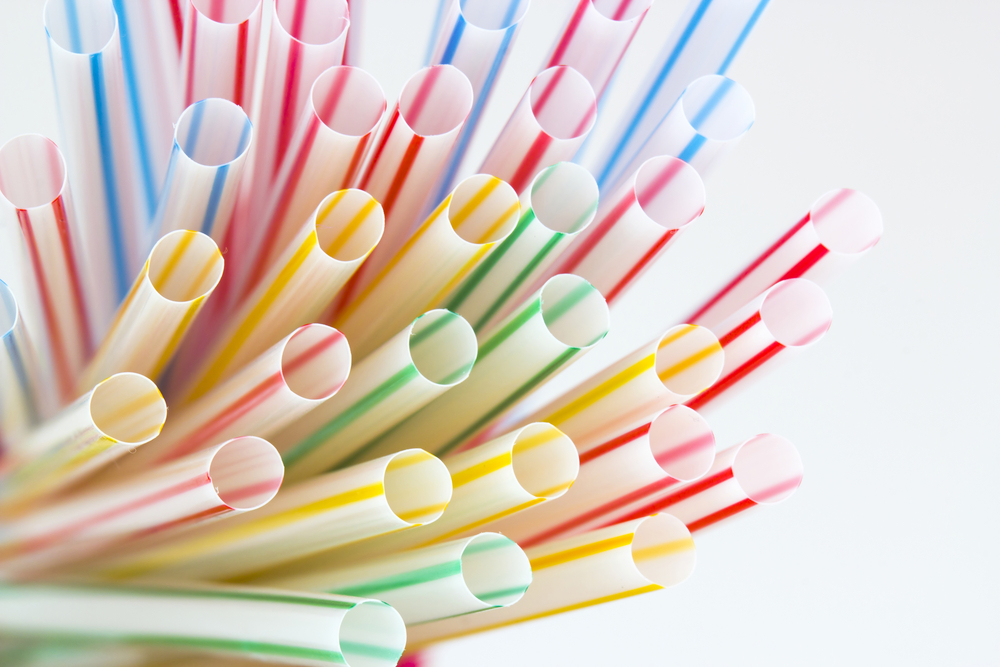Does Using a Straw Protect My Teeth?
9 May 2016
As we quickly approach summer, a fresh glass of cold lemonade can be a great way to fight the Texas heat. However, many cold beverages can be harmful to your teeth. Many people use straws to sip their drinks, hoping to avoid any harmful effects. But does it help?
Here’s what you need to know about straws and how they impact your dental health.
Drinks that Can Harm Your Teeth
Drinks with lots of sugar and acid are a threat to your dental health. The sugar and acid, if not cleaned off your teeth, can lead to tooth decay.
Potentially harmful beverages include:
- Sodas (high in sugar and acid)
- Sports Drinks (high in sugar and acid)
- Citrus Drinks (high in acid)
- Alcohol (high in sugar)

Coffees and teas can also stain your teeth, leaving you with a less-than-sparkling smile.
Straws are often placed on the table at a restaurant when they bring you your drinks. However, is using a straw good for your teeth?
Straws and Tooth Decay
Some people use straws to keep sugary and acidic beverages off their teeth. However, using a straw won’t protect your teeth from being exposed to these drinks.

Dr. Burhenne (with Ask the Dentist) explains that if you taste the drink, your teeth have been exposed to the sugar and acid. The only way, he argues, to totally protect your teeth is to place the straw directly behind your teeth and your tongue, sipping the drink straight down your throat. This method is uncomfortable and defeats the purpose of drinking the beverage.
You can position a straw in a way that will limit the length of time your teeth are exposed to sugary and acidic beverages. Most people sip through a straw with the tip of straw directly in front of their teeth. This bathes your entire mouth in the potentially harmful beverage.
Instead, place the straw behind your teeth and take quick sips; don’t let the beverage linger in your mouth. Even though your teeth are still exposed, you reduce the number of teeth exposed to the beverage, and you decrease the length of time they’re exposed.
Other Ways to Reduce Your Risk of Tooth Decay
After drinking a sugary or acidic beverage, the best thing you can do is drink a glass of water to rinse your mouth.
Do not immediately brush your teeth; your enamel may be weakened due to the sugars and acid, and brushing your teeth could do further damage. Begin with the glass of water and then, at least 30 minutes later, you can brush your teeth.
If you’ve had dental surgery, don’t use a straw until any wounds have healed. The suction created by a straw can cause blood clots to break, prolonging your healing time.
When you’re not drinking a sugary or acidic beverage, don’t use a straw. Continual use can actually move your teeth. Also, avoid chewing on a straw, which can damage your teeth.

The best way to fight tooth decay is to maintain a good dental care routine. Brush your teeth twice a day, floss once a day, and visit the dentist every six months for professional, thorough teeth cleaning.
For more information or to schedule a dental appointment, contact Greenspoint Dental in Houston, Texas. We are dedicated to providing you and your loved ones with the best dental care.
Related Blog Articles